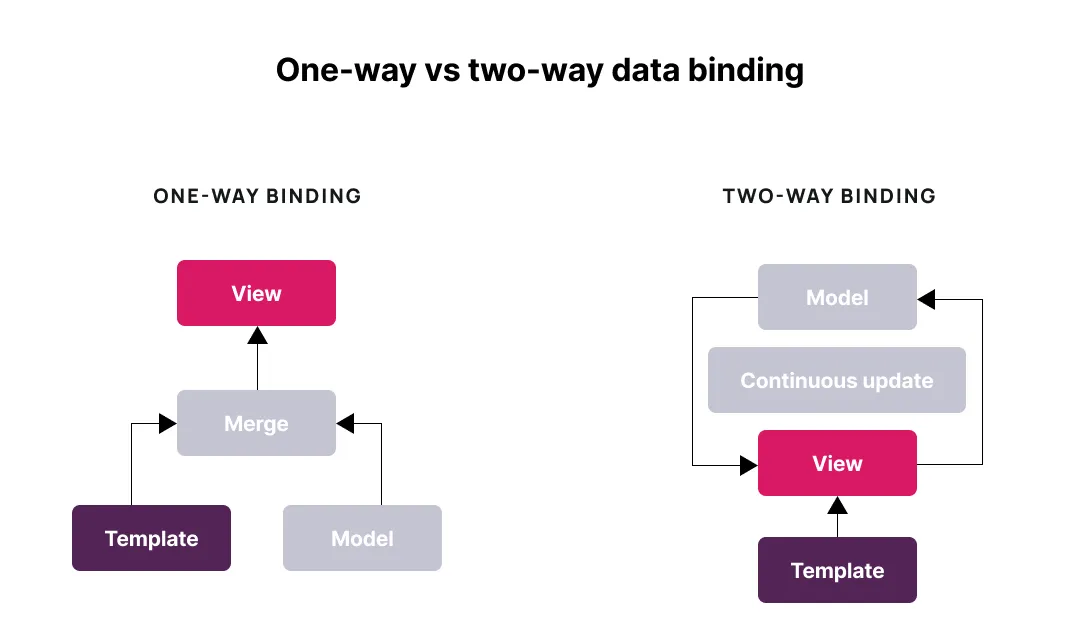Performance Optimization Techniques using Angular
#1 Use OnPush change detection.
Angular has a mechanism known as "default" change detection by default, which looks for changes in all components during every browser event. You may improve this by employing the OnPush technique, which checks for changes only when a certain event happens, such as when an input property changes or an event is sent.
#2 Lazy Loading
Lazy loading is a technique for loading parts of your application only when they are needed, rather than loading everything at once. This can significantly improve the performance of your application, especially for large and complex apps.
#3 Employ Angular CLI
The Angular CLI is a command-line interface that may help you develop, manage, and optimize your Angular application fast and simply. It has several performance-enhancing features, including AOT compilation and slow loading.
#4 Perform Ahead-of-Time (AOT) compilation
AOT compilation is a technique that compiles your Angular application at build time, rather than at runtime. This can greatly improve the performance of your application, as the browser doesn't need to spend time compiling the application before it can run.
#5 Use ngIf directive instead of *ngIf
ngIf directive is used to conditionally render elements in the template. It can be used to improve performance by avoiding unnecessary DOM updates.
#6 Utilize trackBy function in ngFor directive
The "trackBy" method lets you define a unique identifier for each item in the collection, allowing Angular to keep track of which items have been added or removed and only update the DOM components that have changed.
#7 Minimize the use of complex expressions and function calls
Complex expressions and function calls can slow down the rendering of your template. Try to use simpler expressions and function calls or move them to the component's class.
#8 Make use of immutable data
Using immutable data can improve performance by allowing Angular to detect and respond to changes more efficiently.
#9 Use memoization
Memoization is a technique for caching the results of a function call and reusing them when the same input is passed again. It can be used to improve the performance of expensive function calls.
#10 ngOnChanges lifecycle hook for properties
ngOnChanges lifecycle hook is used to detect and respond to changes in input properties. Use it to update the component's state and update the view, instead of using change detection in the constructor or ngOnInit.
#11 Use the Angular profiler
Angular profiler is a powerful tool that can help you identify performance bottlenecks in your application and optimize its performance.
#12 Use ngZone
ngZone is a wrapper around the JavaScript zone.js library, which allows you to run code in a different zone, such as the Angular zone, that has its own change detection mechanism. This can be used to improve the performance of your application by reducing the number of change detection cycles.


























